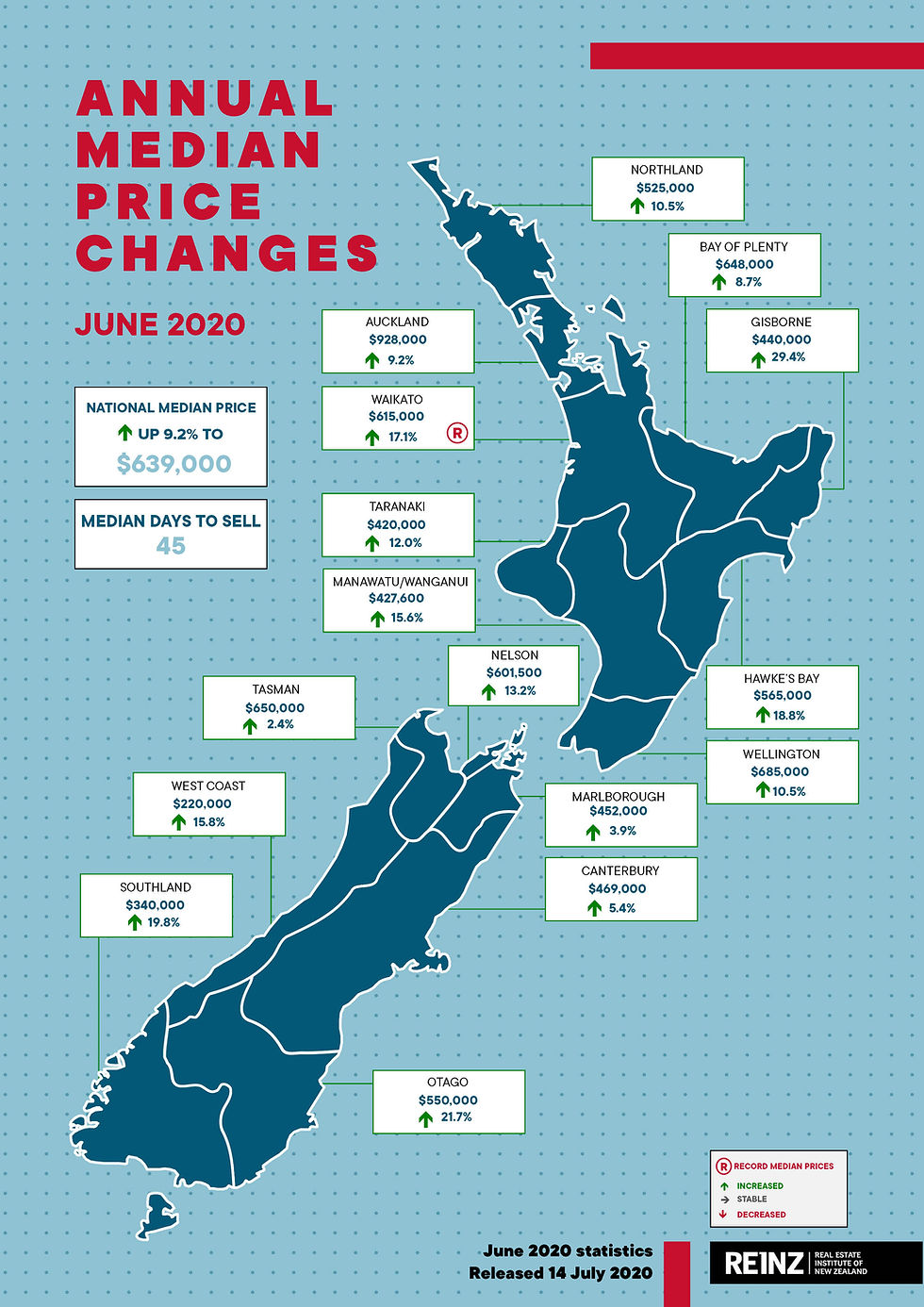9 LIVES: Cashflow
- R&D Accountants

- Aug 15, 2020
- 4 min read
Cashflow is the life-blood of any business. A lack of cash not only limits business growth but can force a profitable company to shut shop. Here are 9 ways small businesses are improving cashflow today.
CUSTOMER SIDE
1. Late Payment Penalty
Customers usually pay on time to avoid late payment fee and interest. On the flip side, if the customer has nothing to lose for late payments, then why would they make payments on time?
2. Offer Discounts for Prompt Payment
If the above 'stick' approach don't work for your customers, then try a 'carrot' approach. Customer incentives for prompt payment are great for getting customers to pay on time. Most customers don't like the idea of missing a discount.
3. Use Technology to Keep Track of Debtors
There are a number of invoicing and debt management software available, allowing you to issue invoices from your phone or ipad, send reminders to customers for late payments and see how long each invoice has been unpaid for. We use Xero for managing invoices for ourselves and a number of our clients: easy to send invoices while on site; templates for following on late payments; and matches customer payments with invoices.
SUPPLIER SIDE
4. Co-operative discounts
Larger companies can negotiate bulk buying discounts from suppliers and save on a lot of cash. However, the little guys don't have that type of bargaining power. Small businesses can form a co-operative or informal group with other local businesses in similar industries to negotiate deals with suppliers. While the suppliers may not be bothered by losing the business of one small company, they will pay extra attention and offer better discounts if they are dealing with a group made of 10 buyers. We often see a lot of these local companies forming an association and sharing supplier discounts with its members.

5. Negotiate Lower Deposit
After you have exhausted your efforts to get the max price discount from suppliers, the next step is to negotiate a lower deposit payment to suppliers. For example, if suppliers usually want 50% deposit, then you can negotiate a 25% deposit. Most suppliers will give some consideration to deposit reduction and staged payment options to get the contract.
This doesn't just apply to businesses. Even paying a lower house deposit when signing a sales and purchase agreement and leaving the rest to be paid upon settlement can save hundreds or thousands of dollars in interest cost. The vendors usually don't mind this as the deposit sits in the real estate trust account till settlement anyway.
6. Defer Payments
The opposite of what we discussed above regarding customer prompt payments. Take longer to pay your suppliers to manage cashflow and keep interest costs low. Be mindful of any late payment fees charged and prompt payment discount cut-off dates on supplier invoices. We often do this with our electricity bills where we set payments for the last date available to qualify for prompt payment discounts. This way we get about two weeks between invoice date and prompt payment discount cut-off date, and thus, saving interest or opportunity cost on the cash for two weeks.
The same can be done with credit card payments. You buy things on credit card (Bank's money) and pay them off on the last day before interest gets charged. For extra bonus, you can earn reward points on your purchase.
SET YOUR FINANCIAL STRUCTURE
7. Everything Around You is Cash
Stop reading this blog for a minute and take a look around. You are bound to see things around you that you have not used for a long time and will likely not use ever again. Maybe old furniture, gadgets or clothes. See if you can sell these to get some cash in. Most of the time we compare the current value of these items with what we paid for them and think we are making a loss. However, if we don't ever intend to use these items then its value is already $0. Selling these will not only increase the current 'usable' value from $0 to the current selling price, but think how much you can multiply the earned cash from the sale through investments. These could be investments in shares, bonds, term deposits, your own business or effective return from paying interest bearing debt.
8. Paying Highest Interest Debt First
This sounds simple but so many people still get this wrong. Regularly review your finances and see how much interest you are paying on your debt. See if these are good debt or bad debt? And more importantly are you paying the the lowest possible interest rate.
Always check for debt consolidation and balance transfer deals out there. Banks regularly offer 6-12 months interest free terms for debt transfers. This is a great way to reduce paying high interest.
9. Establish Credit Lines
It is good to have credit lines and/or pre-approvals with your banks. There is a whole separate discussion between good and bad debt, and devising strategies to service the debt. However, overall it is good to maintain access to cash and credit lines for emergencies.
Next Steps
Hopefully the above gave you some idea to improve your cashflow situation, whether it's one or a few of the ideas above. Or it may be a modified version of the above, or something completely different. Next step for you is to take action and apply these in your life and your business. Let us know what your favourite cashflow tips are.
Disclaimer: The content of this blog or anything else on our website contains general information only and it should not substituted for financial advice or specific advice. R&D Accountants and Analysts (RDAA) Ltd do not accept any liability whatsoever relating to losses or damages arising from reliance on the contents of this blog or anything else on our website.
RDAA Ltd strongly recommend that before a reader undertakes or implements any financial, investment, taxation or business decision flowing from information or content of this blog or anything else on our website, they procure professional advice from a suitably qualified adviser, on which they may rely on their specific opinion. Such advice should be comprehensive in character and appropriate to the individual's personal circumstances and financial affairs.



Comments